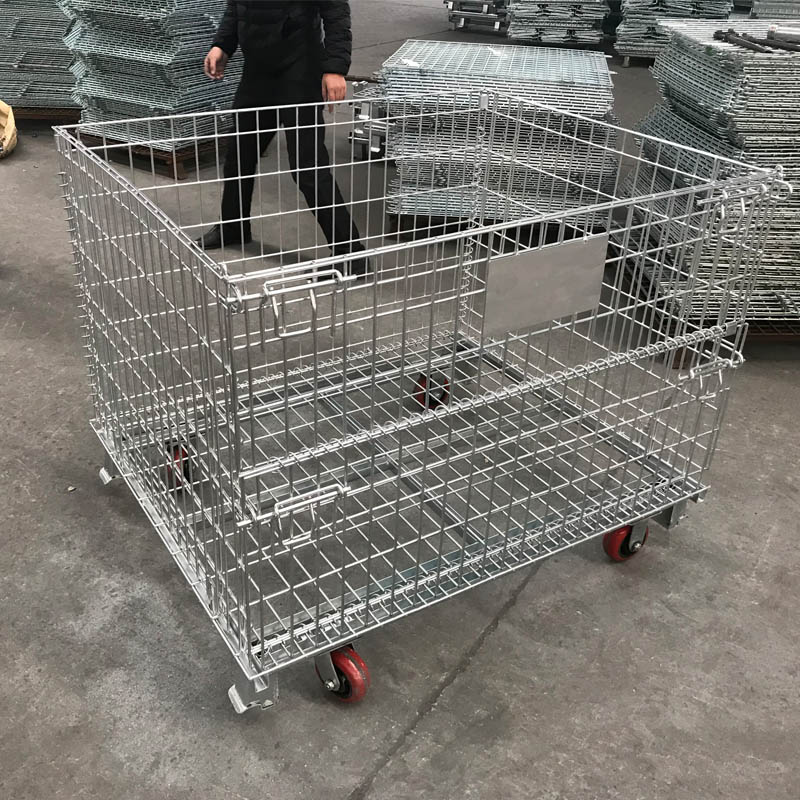
- Mobile Phone
- +8613931874955
- sales@cntcmetal.com
Innovative Wire Form Springs for Enhanced Performance and Durability in Mechanical Applications
Understanding Wire Form Springs A Comprehensive Overview
Wire form springs are a versatile category of springs that play a critical role in various industries, from automotive to aerospace, manufacturing to consumer goods. These springs are typically made from wire material and are designed to provide excellent flexibility, resilience, and strength. In this article, we will delve into the structure, manufacturing process, and applications of wire form springs, as well as their advantages and considerations.
Structure and Design
Wire form springs differ from traditional coil springs in that they can be crafted into a variety of shapes and sizes. Their structure is generally characterized by a continuous wire that is bent into a desired configuration. This design enables them to serve various functions, including tensioning, compression, and torsion across different applications.
The wire used to manufacture these springs comes in a variety of materials, including stainless steel, carbon steel, and alloyed materials, depending on the required mechanical properties and environmental resistance. The diameter of the wire and the specific form can be customized based on the intended application, making wire form springs uniquely suited for diverse needs.
Manufacturing Process
The production of wire form springs typically involves several key steps
1. Material Selection Choosing the right wire material is crucial, as it impacts the spring's durability and performance. Factors such as operating temperatures, corrosive environments, and load-bearing requirements must be considered.
2. Design Specification Engineers will draft specific designs using CAD (Computer-Aided Design) software to visualize the final product, ensuring precision and adherence to specifications.
3. Wire Bending The selected wire is fed into a bending machine, which shapes it according to the design plans. Various techniques such as CNC (Computer Numerical Control) bending are employed to achieve accuracy and repeatability.
4. Heat Treatment To enhance the mechanical properties of the spring, heat treatment may be applied. This process involves heating the wire to a specific temperature and then cooling it to increase its strength and flexibility.
wire form springs

5. Finishing Once bent and treated, the final step may include processes like surface finishing, coating, or plating to improve corrosion resistance and extend the lifespan of the spring.
Applications of Wire Form Springs
The applications of wire form springs are virtually limitless. They are commonly found in
- Automotive Components Used in suspension systems, brake mechanisms, and engine parts, wire form springs enhance the performance and safety of vehicles. - Aerospace In aircraft, these springs are critical for landing gear systems and control surfaces, where reliability and light weight are paramount. - Manufacturing Equipment They are often employed in machinery for tensioning, guiding, and supporting components. - Consumer Products Many everyday items, such as pens, mattresses, and appliances, incorporate wire form springs to improve functionality and user experience.
Advantages of Wire Form Springs
One of the standout advantages of wire form springs is their customization potential. They can be tailored to suit specific performance criteria, ensuring optimal functionality in targeted applications. Moreover, their lightweight nature paired with their robust design makes them incredibly efficient. Wire form springs also have a high fatigue resistance, allowing them to maintain functionality over extended periods of use.
Considerations
Despite their many benefits, challenges may arise during production. Precise engineering is essential, as any flaws in the design or manufacturing process can lead to early failure of the springs. Furthermore, compatibility with other materials in final assemblies must also be considered to avoid galvanic corrosion.
Conclusion
Wire form springs represent an essential component in modern engineering and manufacturing, providing solutions across a range of sectors. Their unique flexibility and customizability make them a preferred choice for engineers looking to incorporate reliable spring technology into their designs. Understanding their properties, manufacturing processes, and applications can help in making informed decisions in product development and engineering endeavors.
share:
-
The Ultimate Solution for Display Needs: Wire Grid PanelsNewsMay.06,2025
-
The Ultimate Guide to Galvanized Steel WireNewsMay.06,2025
-
Iron Binding Wire: The Ideal Solution for Your NeedsNewsMay.06,2025
-
Explore the Strength and Versatility of Galvanized Welded Wire FabricNewsMay.06,2025
-
Discover the Durability and Versatility of PVC Galvanized WireNewsMay.06,2025
-
Discover Quality China Stainless Steel Wire MeshNewsMay.06,2025
-
Understanding Wall Ties: Types and ImportanceNewsApr.28,2025



















